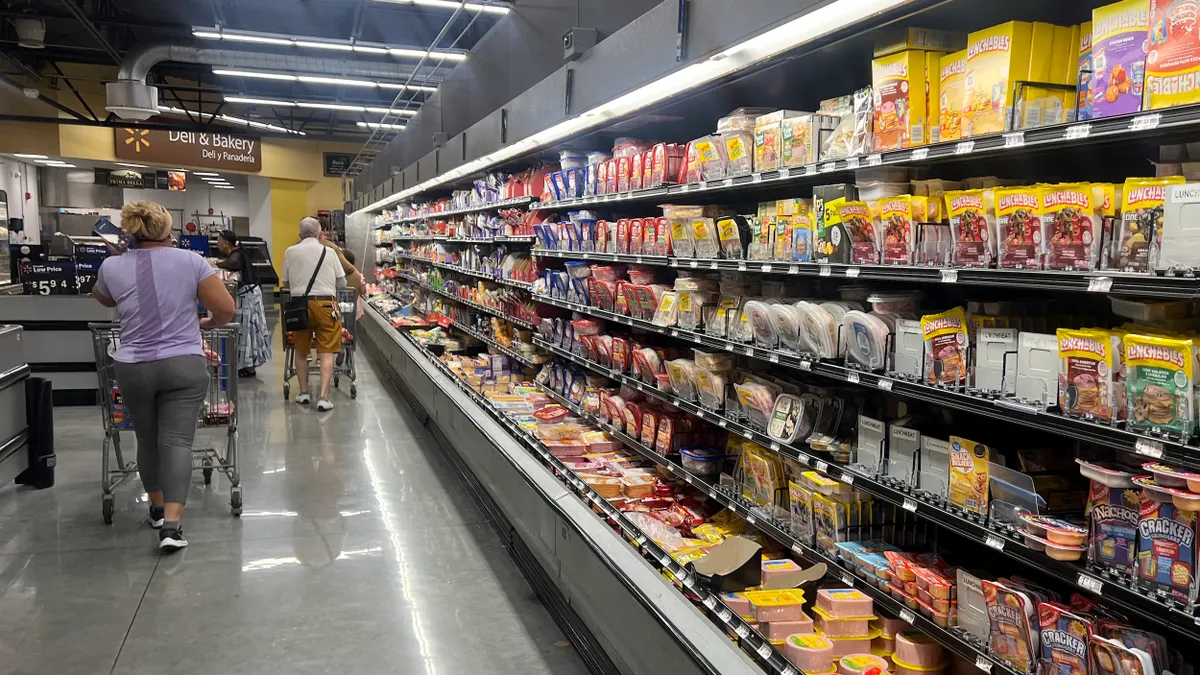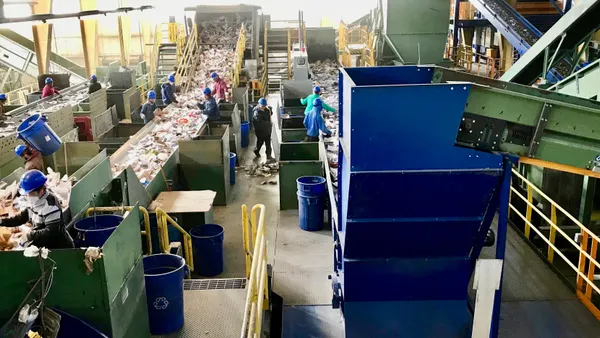Dive Brief:
- According to a progress report from New York's Department of Environmental Conservation and Office of General Services, state agencies achieved a 78% diversion rate during FY16. This was driven by increased construction and demolition recycling efforts in the state's two main transportation agencies and a 34% increase in composting of organic materials, including a notable increase in food scrap collection at State University of New York (SUNY) campuses.
- New office policies and procurement practices have led to a 49% reduction in paper usage since FY09 and saved an estimated $40.9 million, with the potential to save $7 million per year going forward. During the most recent fiscal year, 57% of office and janitorial paper was made from 100% post-consumer recycled content.
- Since the state began tracking these metrics in FY09, 32% of agencies have reported saving money because of waste reduction. In addition to new procurement practices, agencies have also found savings by limiting bottle water purchases, encouraging reuse (particularly during move out season at SUNY campuses) and conducting waste audits.
Dive Insight:
In 2010, New York published a new long-term plan that set the goal of reducing daily per capita waste from 4.1 pounds to 0.6 pounds by 2030. Governor Andrew Cuomo also signed multiple executive orders to encourage new practices at state agencies that have helped deliver the results now being reported. Overall waste generation, including office waste, had been steadily decreasing since FY11 and according to the state it only increased during the last fiscal year because of C&D debris generated by new construction projects.
Those numbers show that the diversion rate kept pace with that increase and the state reported at least $1 million in revenue from scrap metal recycling as part of that process. The state also enacted other smaller internal changes, such as increasing double-sided printing and electronic transactions, and posting new recycling signage in buildings, that helped decrease the overall amount of waste material. This type of internal re-evaluation is becoming more common among both government agencies and companies to help save money while improving their sustainability profile.
While all of this progress is positive, the state will need to find ways to expand these practices to achieve its 2030 goal. For example, state agencies diverted approximately 8,885 tons of food waste in the most recent fiscal year, yet a recent state report estimated that 3.9 million tons of food waste are generated in the state each year. A sizable portion of that comes from New York City, which has its own 2030 waste reduction goals, but more could have eventually been captured if a proposed commercial diversion requirement had survived the latest state budget negotiations.










